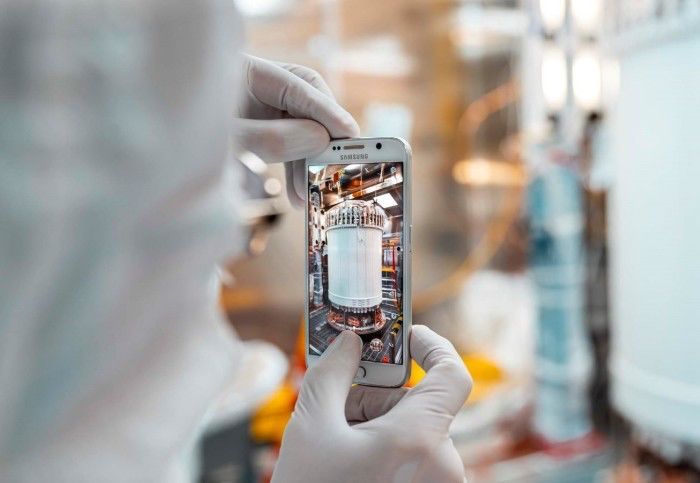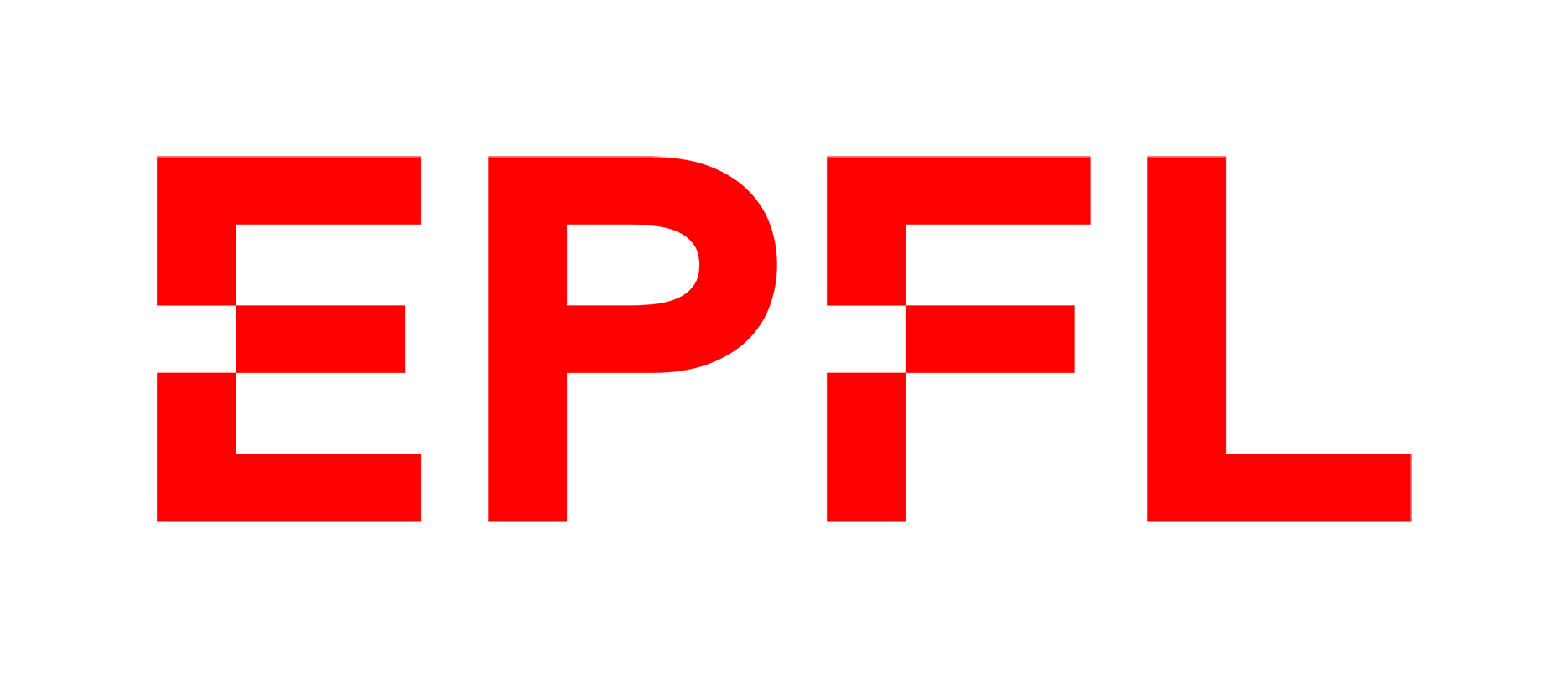- Communiqué de presse
- Annonce
Neutrino o’clock
Image : Federico Sanchez, U. Geneva1/19- Communiqué de presse
- Annonce
Neutrino experiment comes back to life
Image : J-PARC/Rey.Hori2/19Strategic Workshops & Documents
3/19- Communiqué de presse
- Annonce
Lesya Shchutska is the Prize winner of the Prize Latsis in 2023
Image : SNSF, Mathilda Olmi4/19- Communiqué de presse
- Annonce
CHIPP Prize 2023: On a course to discovery
Image : Anne-Mazarine Lyon5/19- Communiqué de presse
- Annonce
New flavour for Basel
Image : Admir Greljo6/19- Communiqué de presse
- Annonce
Order through kaons
Image : Radoslav Marchevski7/19- Communiqué de presse
- Annonce
First sighting of neutrinos from a collider collision
Image : Anna Sfyrla8/19- Communiqué de presse
- Annonce
“Strange animals” in the spotlight
Image : U. Bern9/19Women In Science
Image : CHIPP10/19PhD School
Image : CHIPP11/19- Communiqué de presse
- Annonce
Hopp Higgs!
Image : FERMILAB12/19Higgs@10
13/19- Communiqué de presse
- Annonce
Making (gravitational) waves in Switzerland
Image : Bild: R. Williams (STScI), Hubble Deep Field Team und NASA14/19- Communiqué de presse
- Annonce
Gabriel Cuomo receives the CHIPP Prize 2021
Image : G. Cuomo15/19- Communiqué de presse
- Annonce
Recent Results from LHCb Challenge Leading Theory in Physics
Image : LHCb, CERN16/19- 2021
- Rapport
CHIPP Roadmap
Image : SCNAT17/19- Communiqué de presse
- Annonce
Two dark matter detector heavyweights join forces to build new observatory
Image : XENON experiment18/19- Communiqué de presse
- Annonce
Leading Xenon Researchers unite to build next-generation Dark Matter Detector
Image : XENON collaboration19/19
The Swiss Institute of Particle Physics (CHIPP) is the bottom-up organisation of Swiss particle and astroparticle physics researchers in Switzerland as a legal entity of Swiss law. CHIPP is tasked with coordinating the national efforts in the realm of particle and astroparticle physics.
This is achieved by keeping a continuous dialogue between the particle physicists of different cantonal universities and federal institutes. CHIPP is recognized as the representative of Swiss particle physics both nationally and internationally. It awards yearly a Prize to a PhD student, supports workshops and conferences, organises PhD schools, and develops outreach projects.
Événements, Annonces, Publications
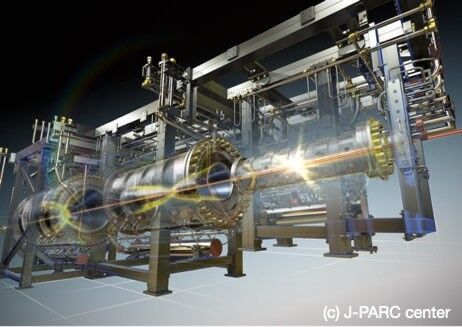
Neutrino experiment comes back to life
Good news from the “T2K” neutrino experiment project in Japan: it has started taking data again at the end of last year after an extensive upgrade of its neutrino beam and the near detector. The near detector is very firmly in the hands of Swiss institutes – University of Geneva and ETH Zurich. Federico Sánchez from the University of Geneva gives an update of what has happened and what we can expect.
Image : J-PARC/Rey.Hori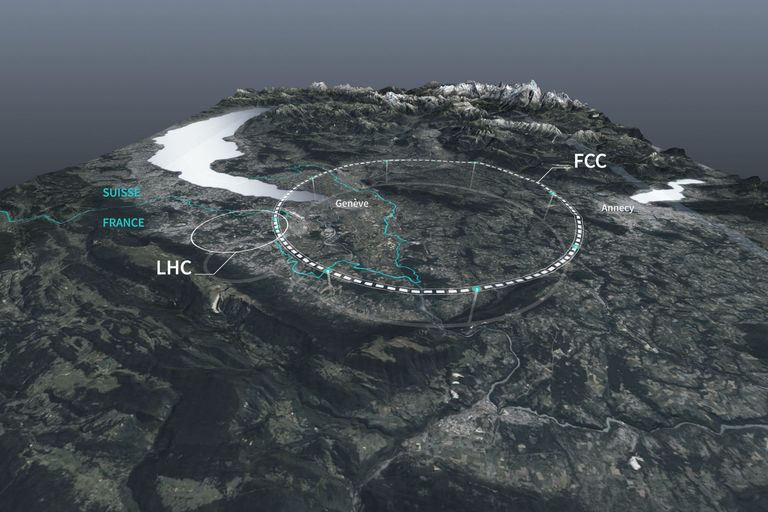
The planners of the future are ready to go
The international particle physics hub CERN in Geneva has big plans for the future. Literally. While its current flagship, the Large Hadron Collider (LHC), is scheduled to continue data taking until the 2040s, the international community of particle physics is already busy conceiving potential follow-up projects to complement the discoveries made at the LHC.
Image : FCC/CERN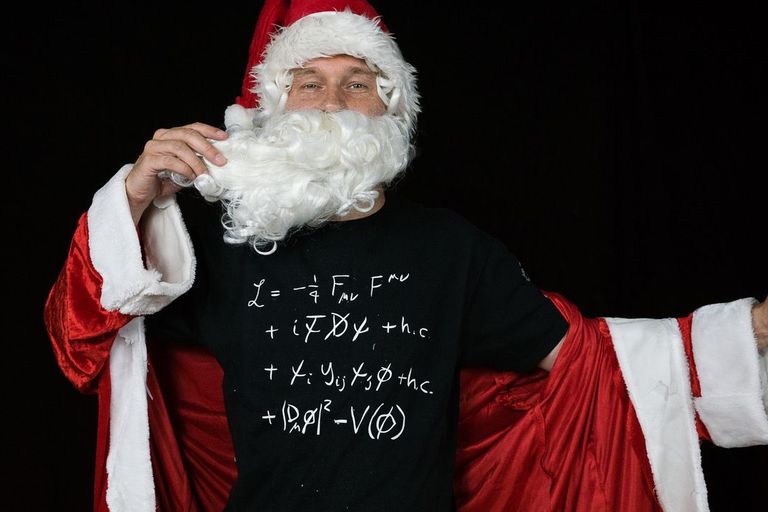
‘Tis the season to do experiments
Please add to the shopping list: a few pieces of chalk, a cobblestone, twelve cotton buds, 50 grams of pepper powder, a tube of effervescent tablets, adhesive tape...
Image : Physics in Advent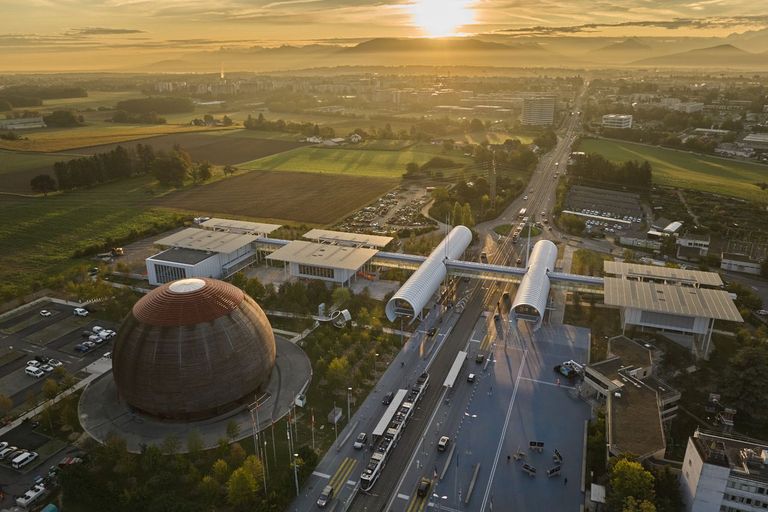
Science Gateway: opening the door to CERN and its research
New visitor centre is accessible, carbon neutral and packed with science
Image : CERN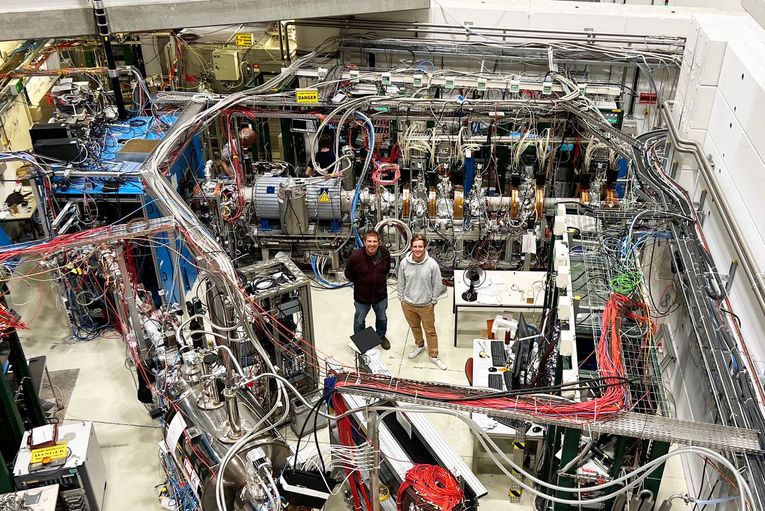
Antihydrogen: check! GBAR completes key step in antimatter research
Positrons: in their cloud. Antiprotons: generated. Deceleration: achieved. Mixing: check! The antimatter experiment GBAR has just published a paper in which it reports on their first detected antihydrogen atoms. This is a key step towards the ultimate goal of antimatter research: finding a reason for the asymmetry between matter and antimatter.
Image : Sarah Geffroy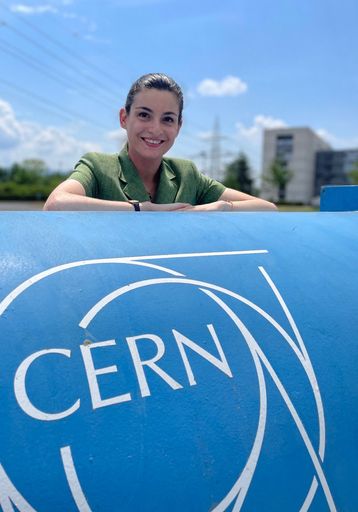
CHIPP Prize 2023: On a course to discovery
This year’s CHIPP prizewinner Anne-Mazarine Lyon hunts for signs of new physics in the form of supersymmetric particles and heavy neutrinos.
Image : Anne-Mazarine LyonContact
Swiss Institute of Particle Physics (CHIPP)
c/o Prof. Dr. Ben Kilminster
UZH
Department of Physics
36-J-50
Winterthurerstrasse 190
8057 Zurich
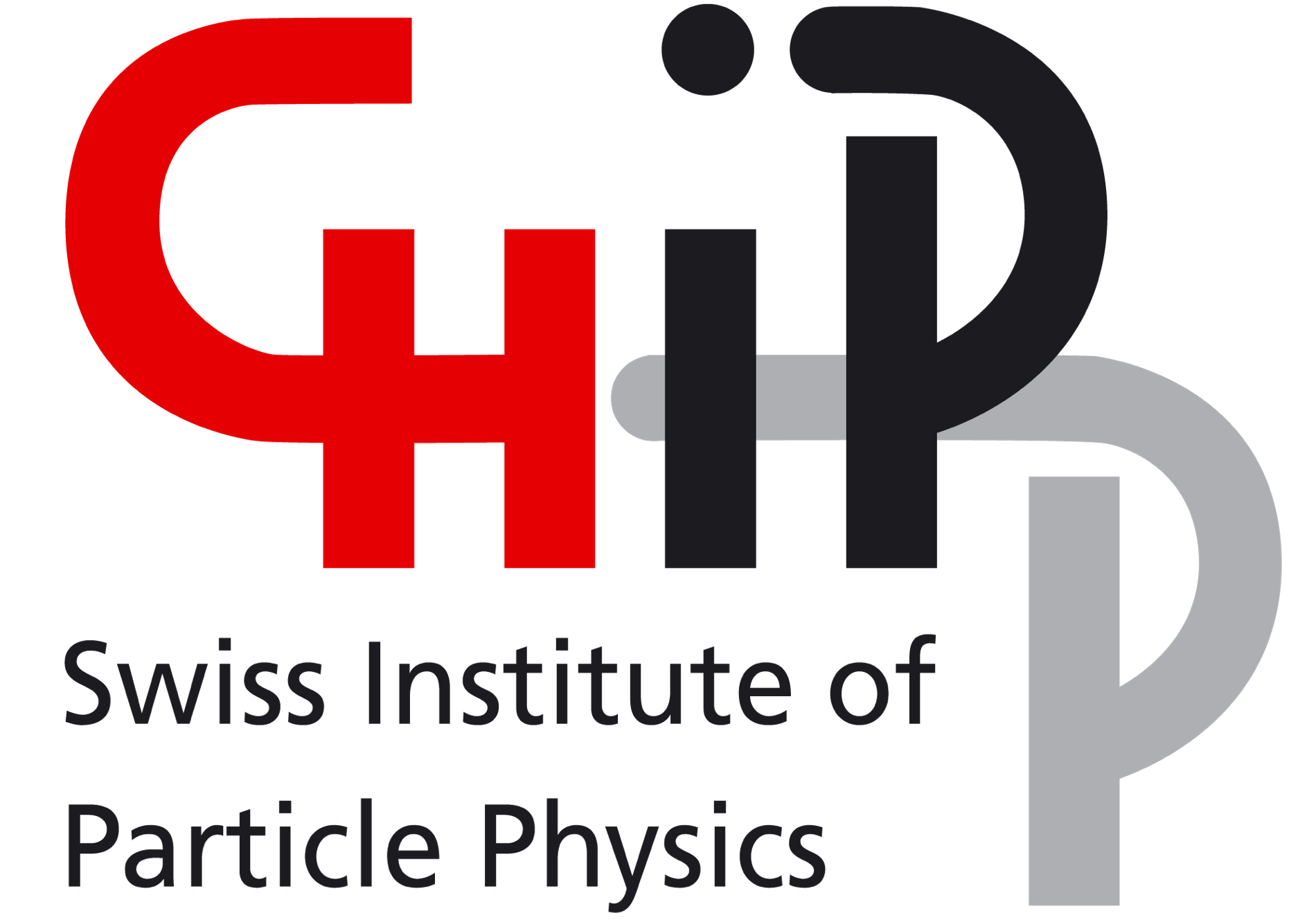
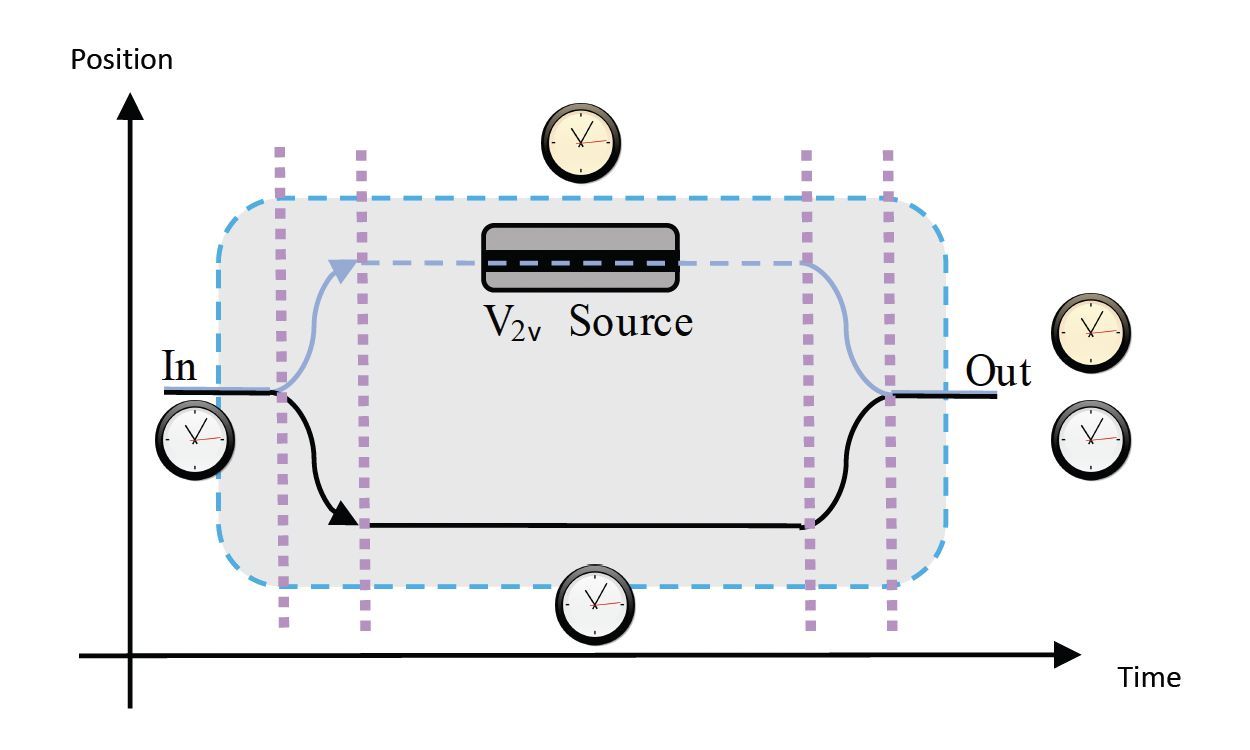
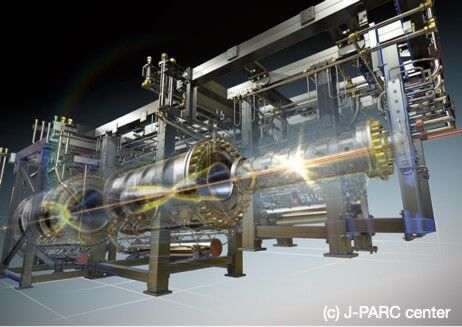
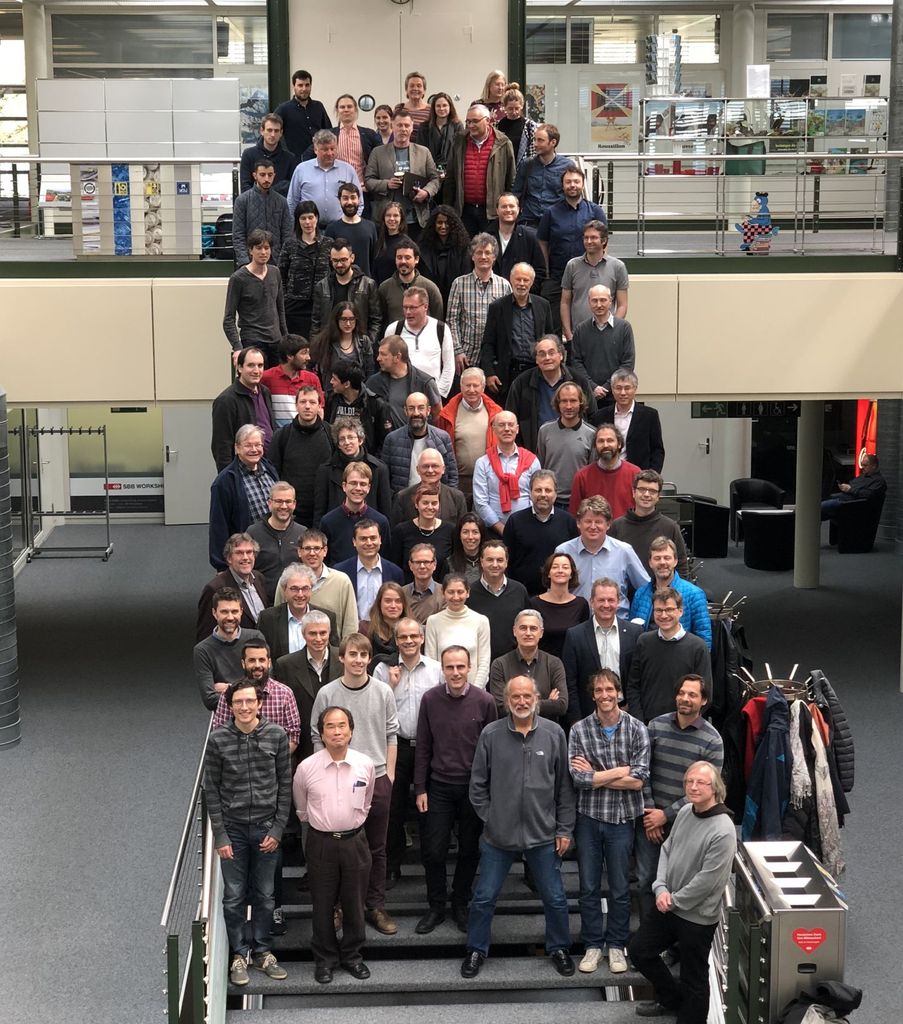
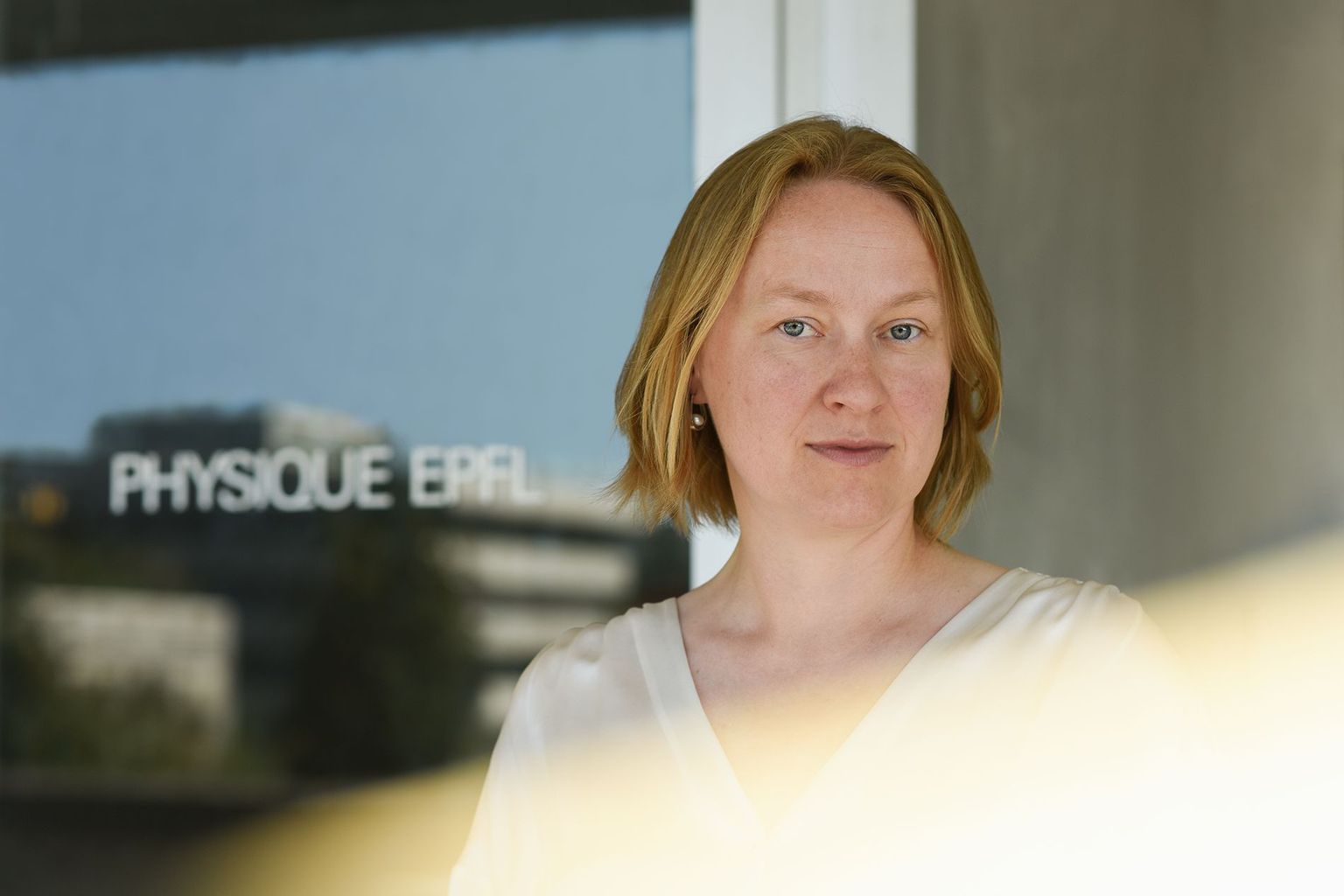
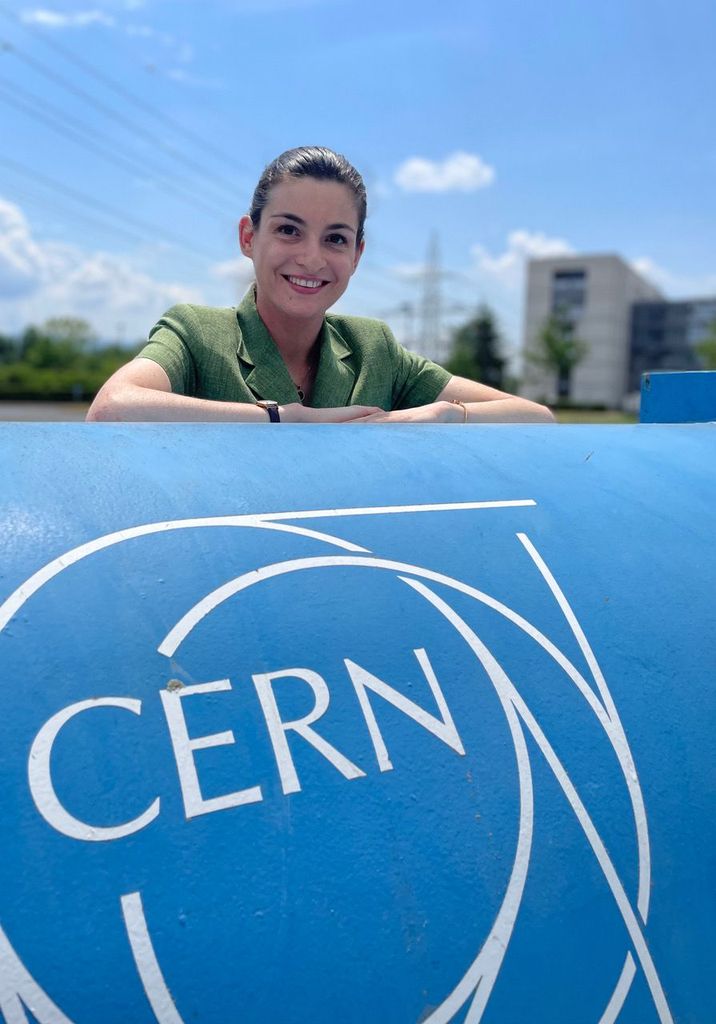
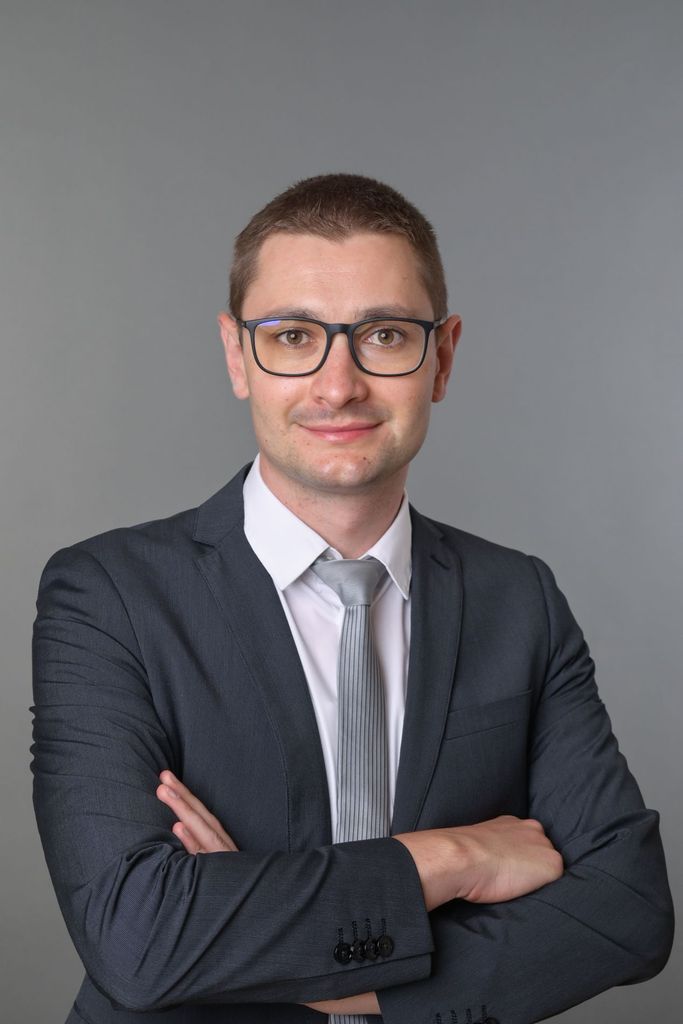
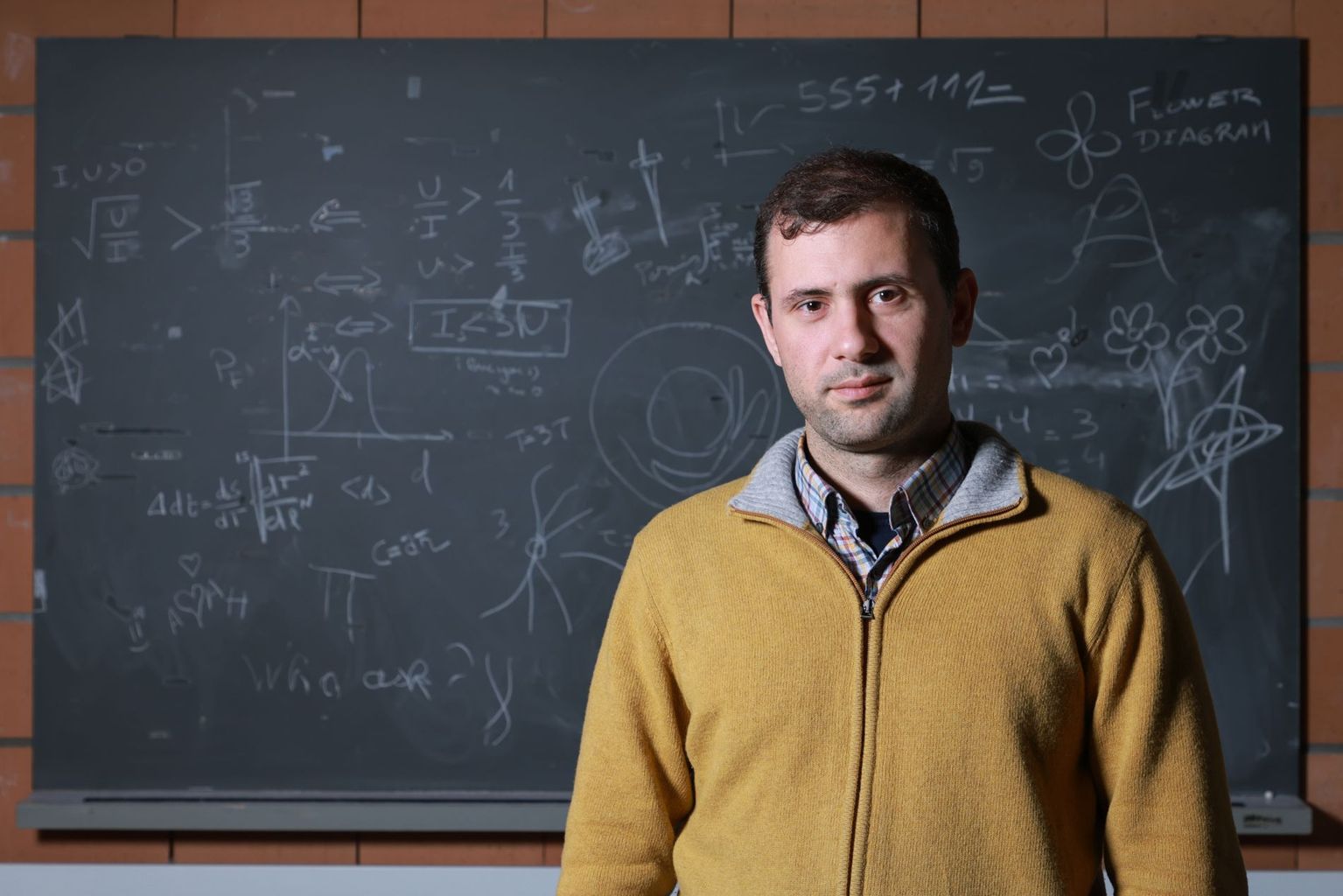
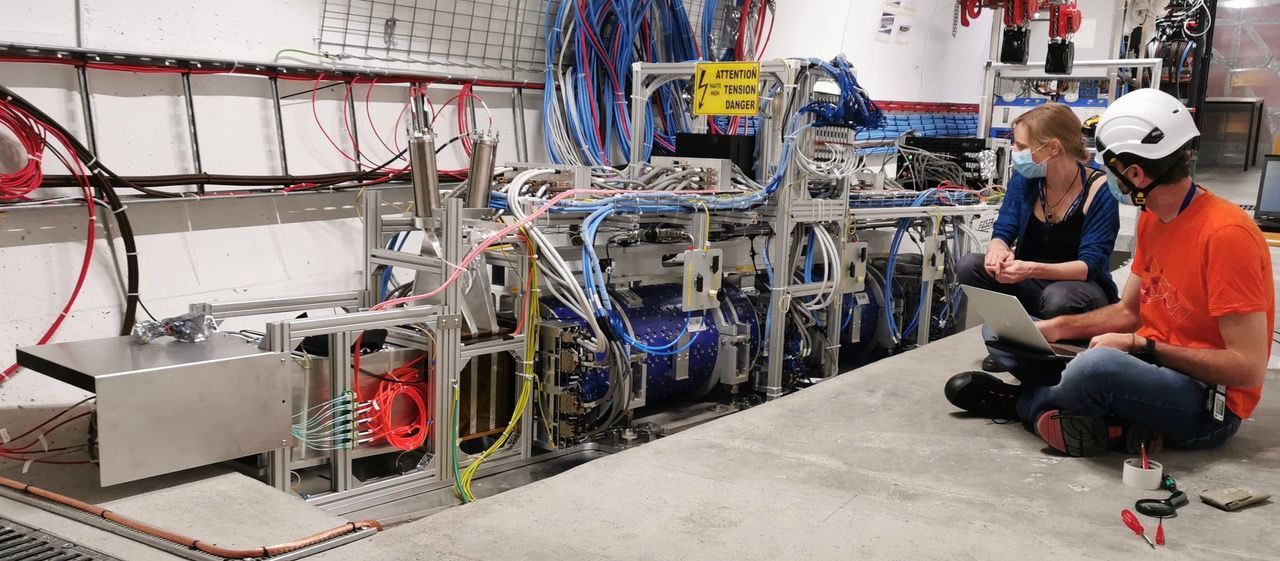
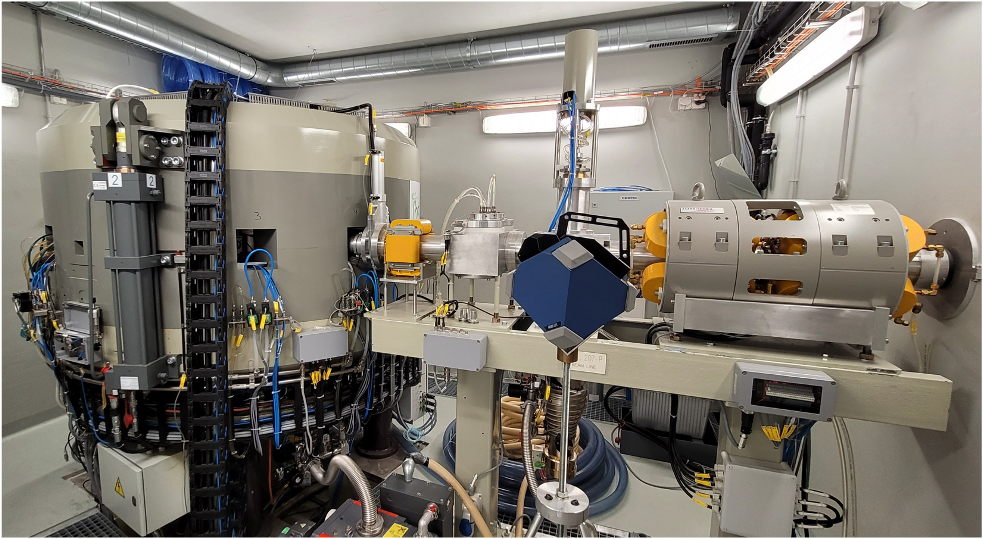
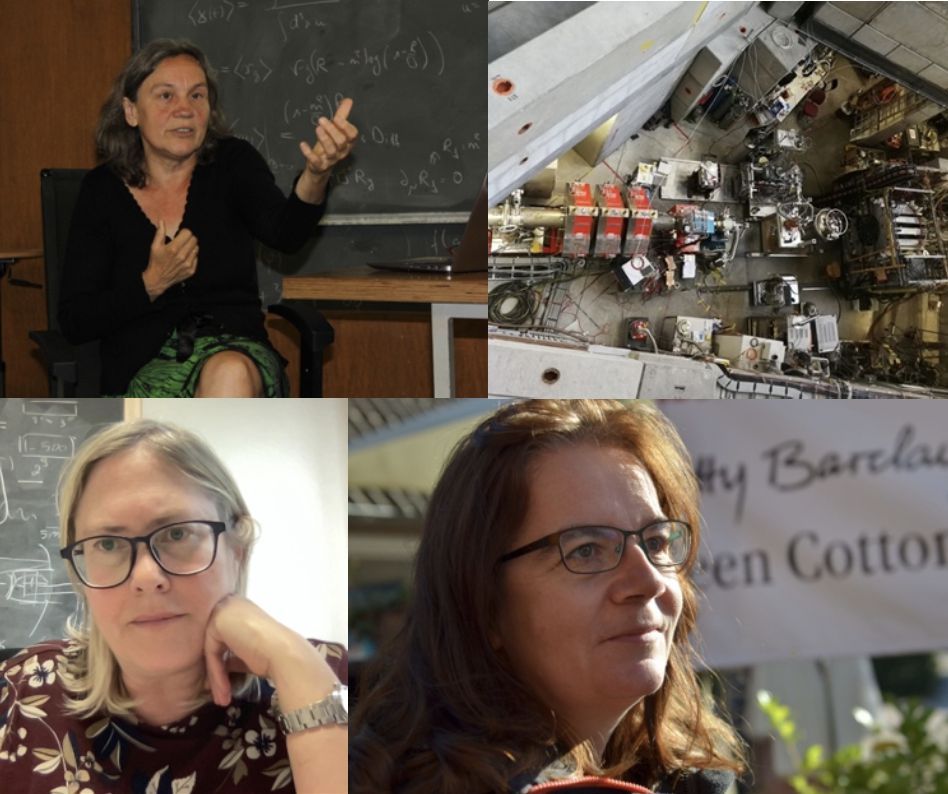
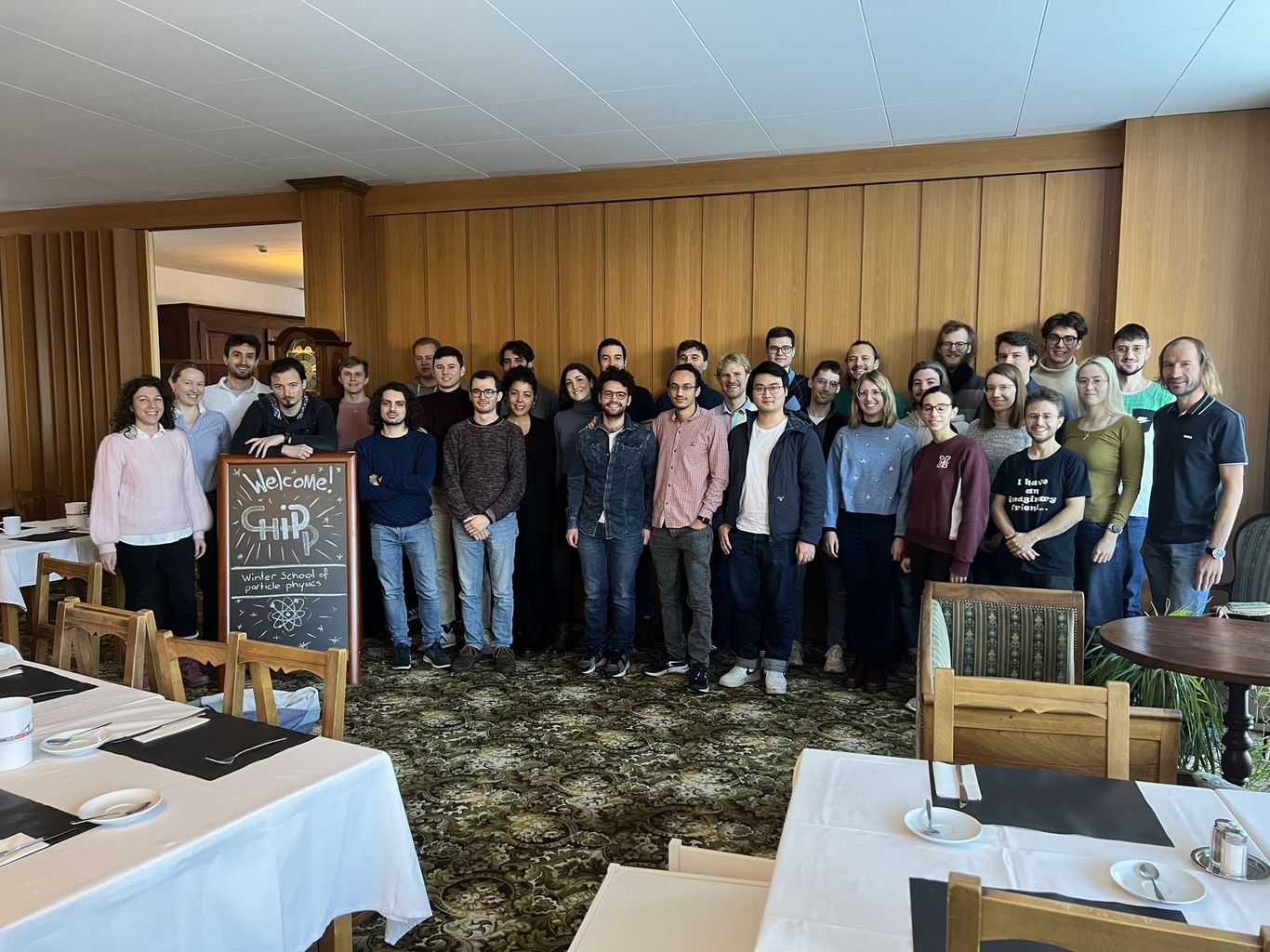
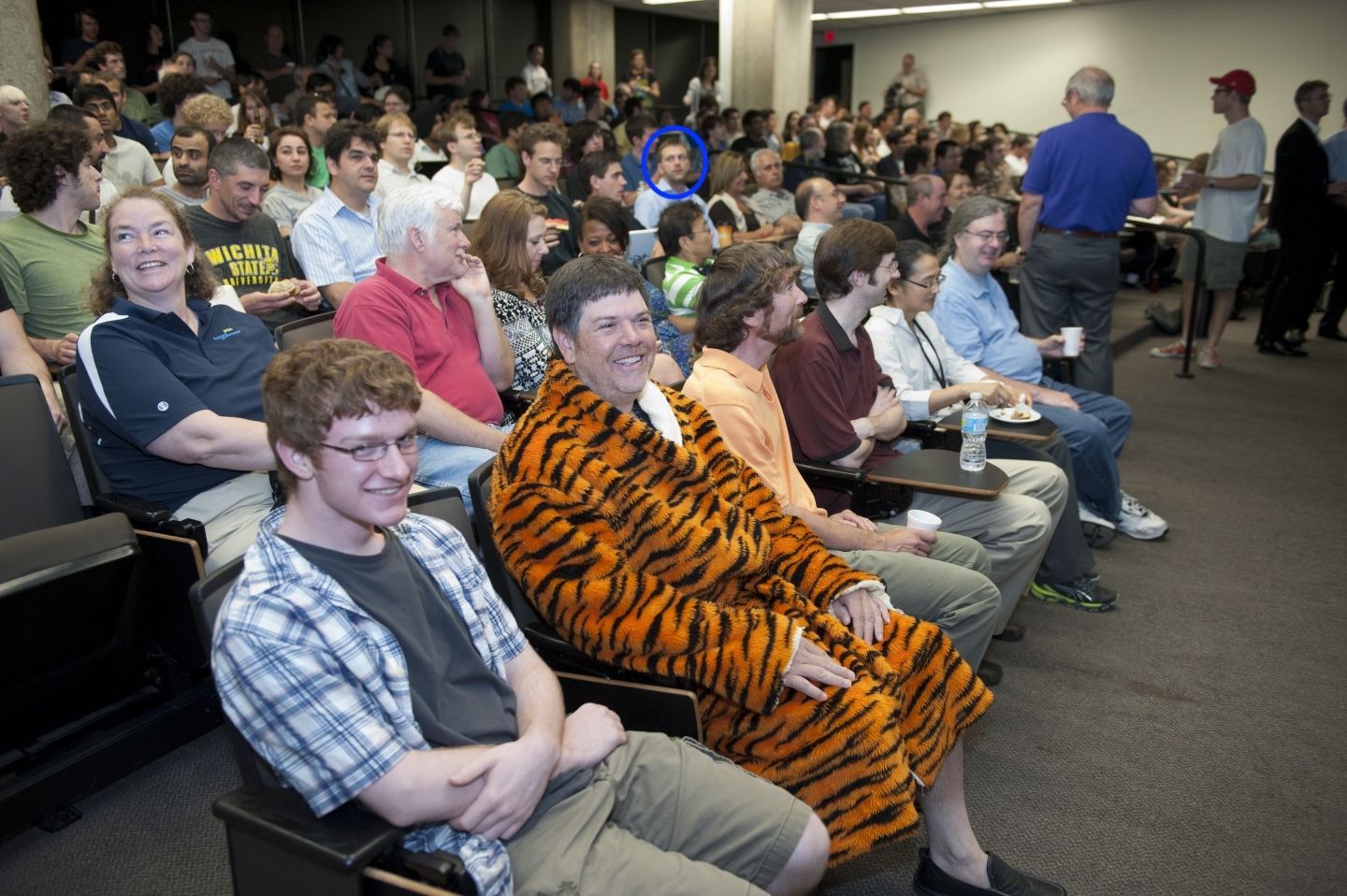
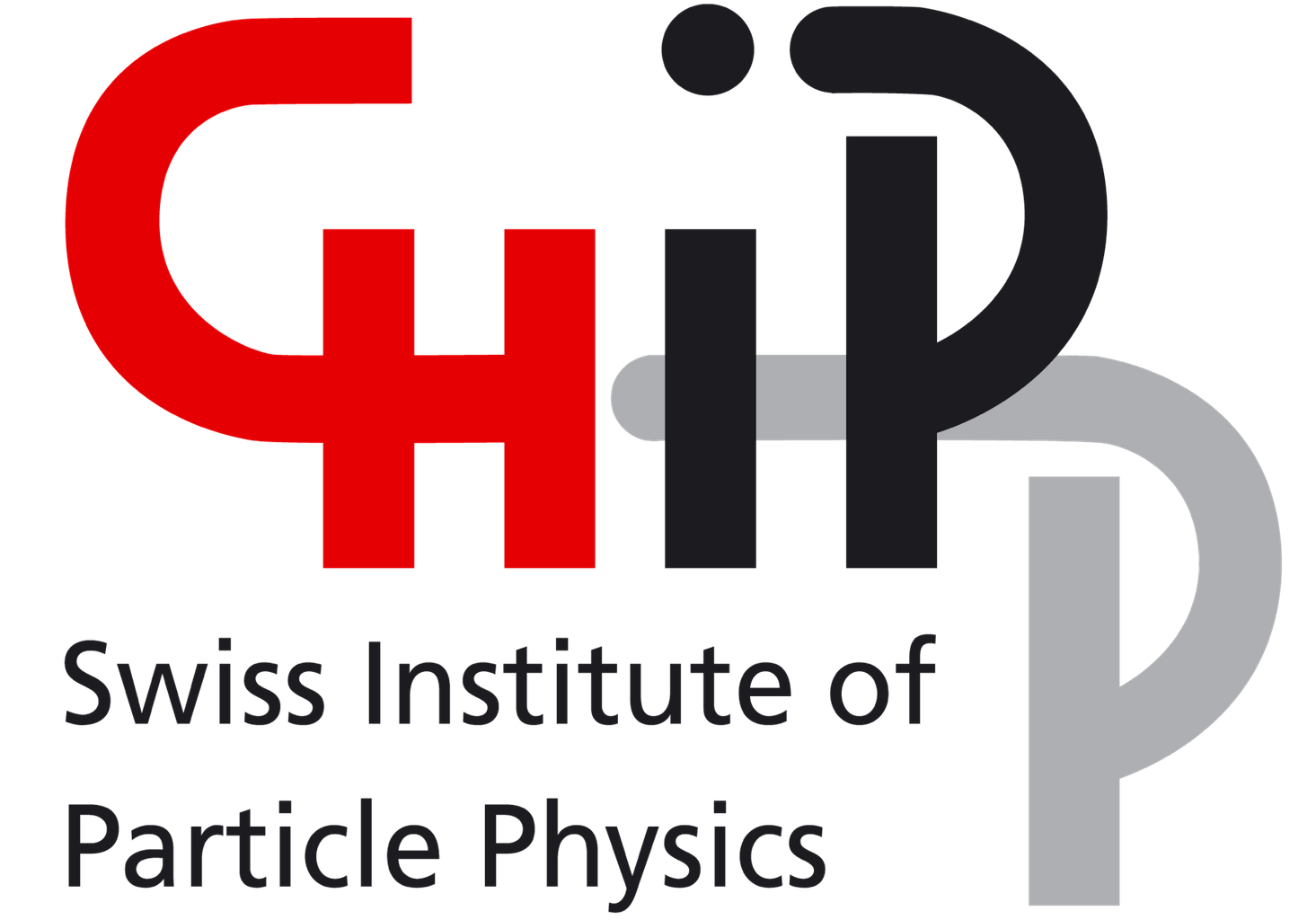
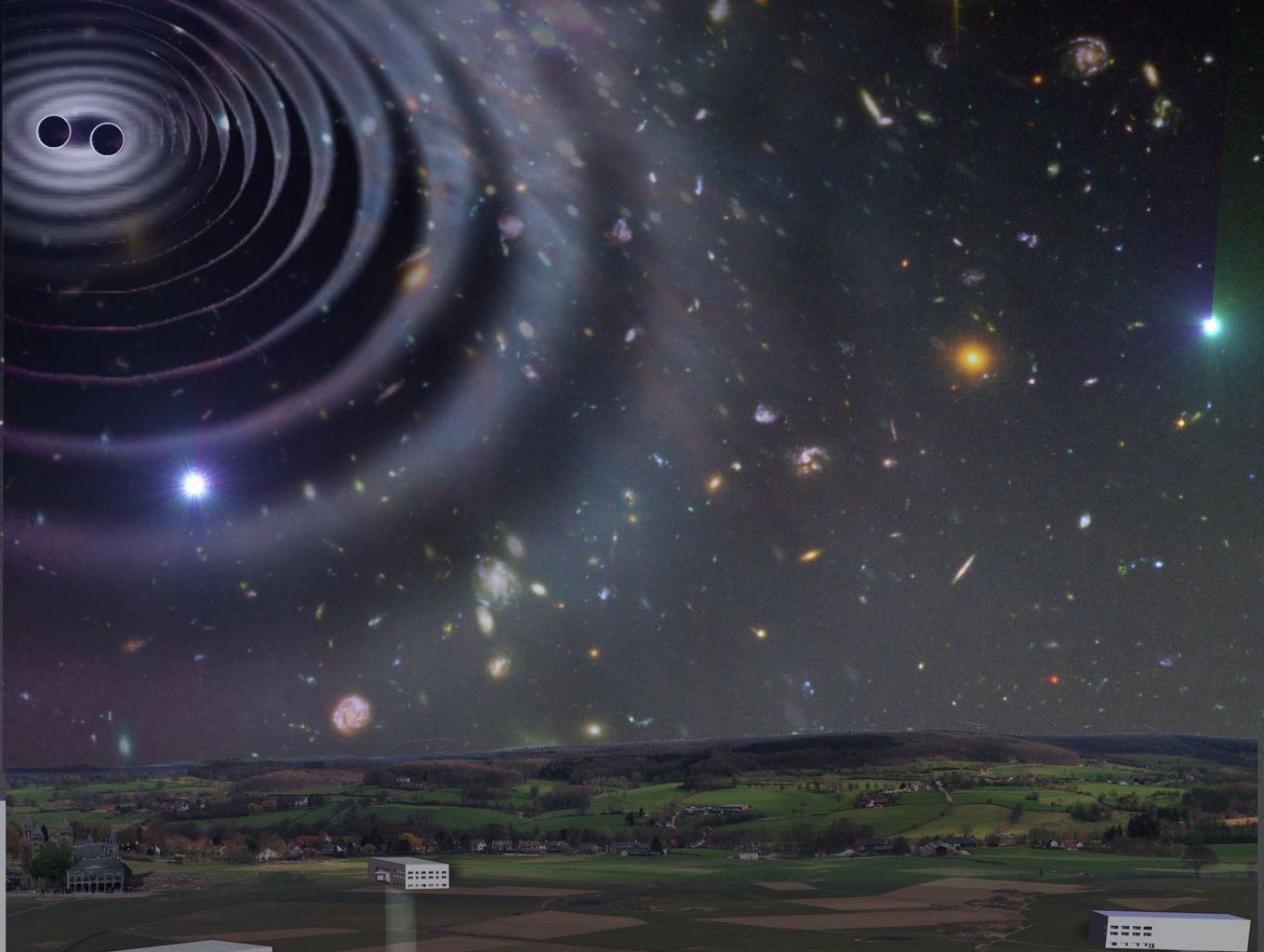
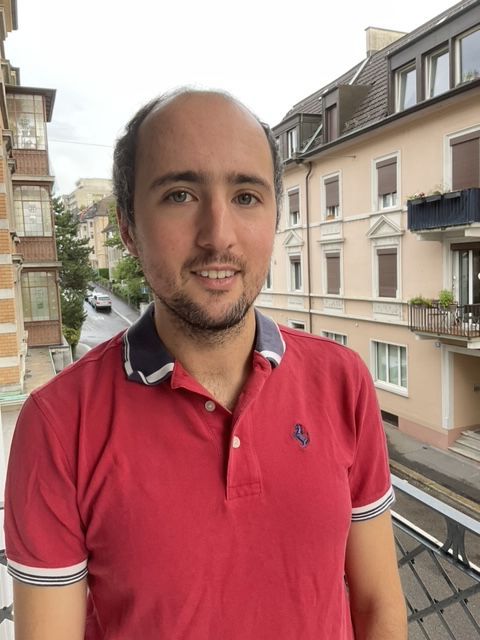
![Comparison between RK measurements. The measurements by the BaBar and Belle collaborations combine B+→K+ℓ+ℓ− and B0→KS0ℓ+ℓ− decays, where ℓ is a lepton. The previous LHCb measurements and the new result [4], which supersedes them, are also shown. Comparison between RK measurements. The measurements by the BaBar and Belle collaborations combine B+→K+ℓ+ℓ− and B0→KS0ℓ+ℓ− decays, where ℓ is a lepton. The previous LHCb measurements and the new result [4], which supersedes them, are also shown.](http://portal-cdn.scnat.ch/asset/40d25219-cf32-5d7f-a344-d4356ccc9252/Screenshot%202021-03-23%20at%2007.10.12.png?b=7f50075d-36d9-5913-bc44-fac8e7e34457&v=9bd7e834-a6a8-55b6-a09e-b7a43d64781f_100&s=ZXCr4RK3qEJY7uCaZs-9pRZZZ8OZ8EVj3Rtyhyf2-qP-evQun65d57tCLxGqXtaTEoil2Qpqb3qILXWzeagdRAk0VyPfdvD6i55sqpj1txNkByqDDgqtsu4QPc8YaVnoTVyp_QF8cXZ9TucqIpINFjwWWfLF-52KvErWu9a54Gs&t=2f78dd92-7a22-4f43-a0bf-8326ef689cea&sc=2)
